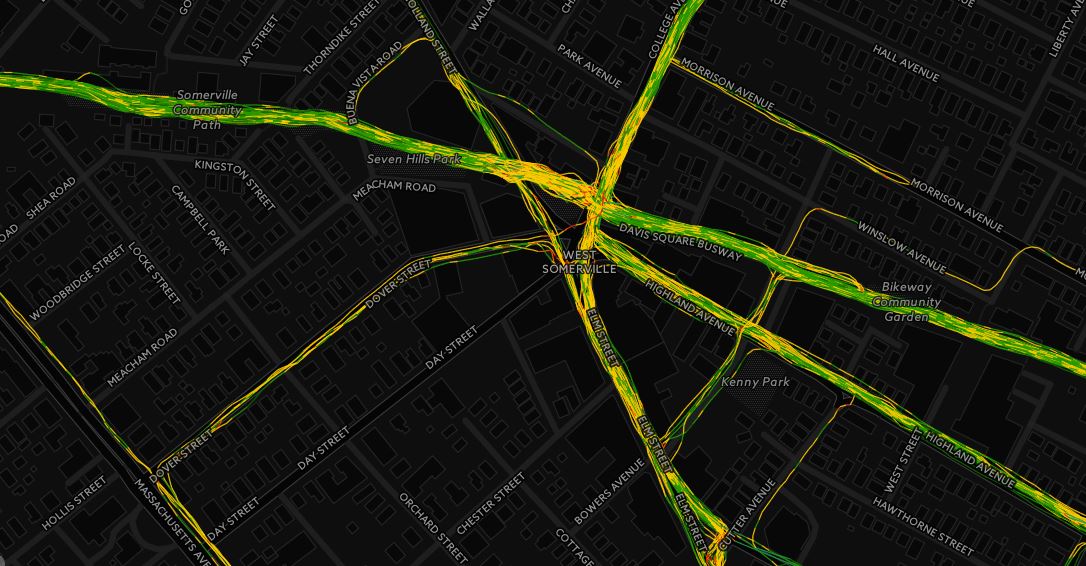In case you missed it there was a great story in the New York Times on Tuesday in regards to the use of GIS in historical analysis. The article, “Digital Maps are Giving Scholars the Historical Lay of the Land” , by Patricia Cohen, discusses the evolution of the spatial humanities and historical GIS/geography, which are growing disciplines in the humanities at colleges and universities around the country.
The article provides a nice overview of how historians, archaeologists, and other non-geographers have embraced spatial analysis and GIS in their research. I think this is a great article on a trend in the humanities that has been growing for years. I remember as an undergrad ten years ago developing GIS tools to visualize historical settings. In grad school I routinely helped non-geographers develop spatial analysis methodologies and visualization techniques to process and analyze historical GIS data. Much of that work ended up in scholarly publications. The spatial component really gave the authors an edge over other papers at that time.
So, if you get a few minutes check the article out. Anytime that GIS gets mentioned in the New York Times is great for our field!
A couple of notes from the article:
- The author references www.gis.com. I’m sure the marketing department at Esri liked the link.
- The article links to David Rumsey’s site. If you are a map junkie like myself you will love this site. An amazing map collection. This site has really influenced the development of online map libraries around the world.
- I wonder if the growth of GIS and spatial analysis in the humanities (which has been happening for a number of years) has increased enrollment and/or developed programs in GIS and geography at schools where the spatial humanities are strong. The AAG should get on this.
- Does anyone remember the digital landscape history of Manhattan that was put together a couple of years ago? The project gained some press and buzz when it came out. I’m surprised this article didn’t mention it. Oh well…






